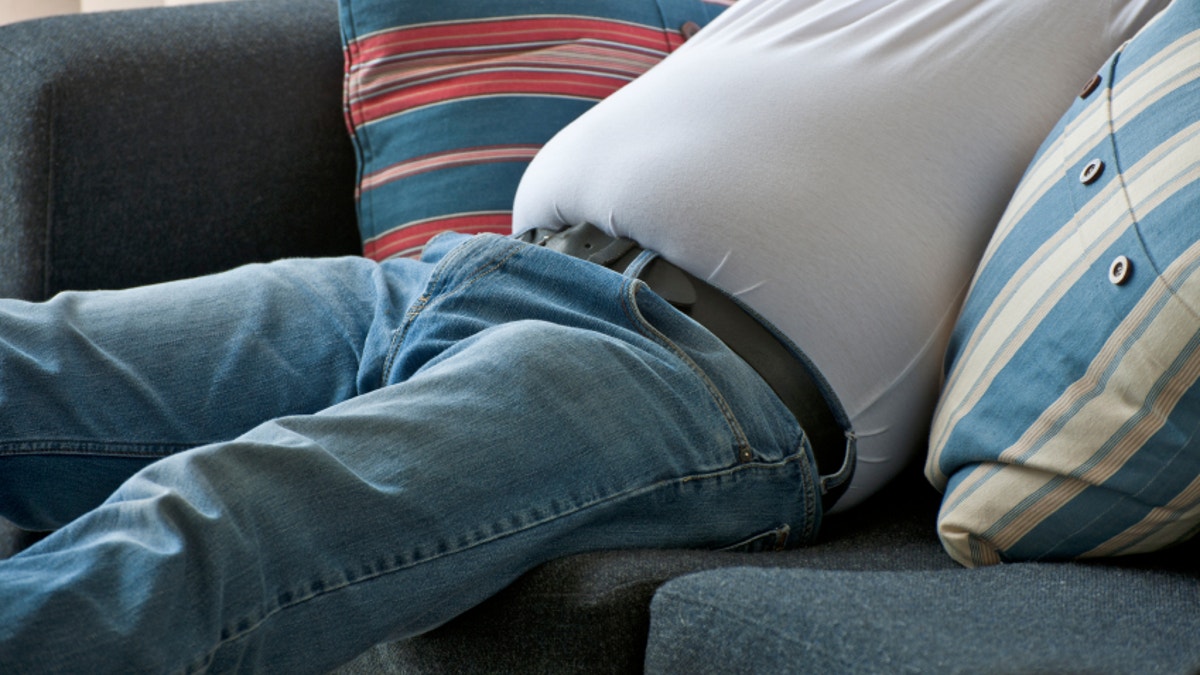
People with Type 2 diabetes could trim down and improve their metabolic health by replacing long periods of sitting with periodic standing, taking the stairs or even just changing the television station manually, a new study suggests.
“It is important to stress that physical activity incorporates all different forms of movement and that people do not have to participate in structured exercise to be sufficiently active,” said Catherine Falconer, who led the study.
“Whatever you can do to increase the amount of physical activity you do and reduce the length of time sitting will have an impact on your diabetes and general health,” she wrote in an email.
Previous research has shown that increasing physical activity can help people with type 2 diabetes better handle their weight, glucose and lipid levels, Falconer and her team point out in Medicine and Science in Sports and Exercise. But people with diabetes may have a particularly hard time staying active.
“Type 2 diabetes is commonly associated with an obesogenic lifestyle, including low levels of physical activity. For some people with type 2 diabetes, mobility issues may prevent them from achieving sufficient physical activity, but for others it may be a result of behavior and environmental factors,” Falconer said.
Studies have also shown that people may have trouble increasing their activity level enough to actually improve their health and that long periods of just sitting may be particularly harmful.
So the researchers decided to examine the potential effect of replacing long periods of sedentary behavior with short interrupted periods, light exercise and moderate-to-vigorous physical activity.
They looked at data on 519 adults with type 2 diabetes from a larger 2006-2008 study. The participants included in the new analysis wore accelerometers on their waists to measure their activity levels and also gave fasting blood samples to check their cholesterol, triglyceride, insulin and glucose levels.
Researchers found the participants spent 65 percent of the waking day sedentary and 45 percent of that time was spent in long blocks of 30 minutes or more being inactive. The study team then used a statistical analysis technique to compare what might be the effects of replacing 30 minutes of one behavior with 30 minutes of another.
With just some interruptions in 30-minute sedentary blocks, the weight and waist circumference of subjects went down slightly, and fell even more when light or moderate-to-vigorous physical activity was swapped-in for the sedentary time.
When the researchers analyzed how much the adults’ metabolic health could improve with the different levels of activity, they found that HDL (“good”) cholesterol rose with light physical exercise, though not with more vigorous exercise.
“I think the message that we don’t even have to push for the moderate-to-vigorous physical activity, that breaking up your sitting time has demonstrable benefits is actually pretty compelling,” said Dr. Eddie Phillips, who founded and directs the Joslin Diabetes Center’s Institute of Lifestyle Medicine in Boston, Massachusetts.
Phillips pointed out in a phone conversation with Reuters Health that the 2008 Physical Activity Guidelines for Americans suggested 150 minutes of moderate-intensity aerobic and “while there’s been an uptick . . . the majority of Americans don’t get that.”
“It is a valid criticism to say we have not convinced the public to walk more appreciably, and those recommendations will remain, but if we can now recommend to patients that, ‘Gees, if you just get up out of your chair when the commercial comes on or drink more water and have to go to the bathroom,’ even that is enough to break up the prolonged sedentary bouts they describe in the research,” said Phillips, who was not involved in the study.
Phillips said he made physical exercise a part of his regular discussions with diabetic patients, suggesting they increase their activity by even small increments.
“The discussion is usually about, ‘Could you walk a little more, a little faster, a little more frequently. From there I would start asking what you like to do . . . get outside, be involved in a competition, do ballroom dancing?” he said. “The exact type of exercise is actually not that important and more to do with what you find enjoyable.”
